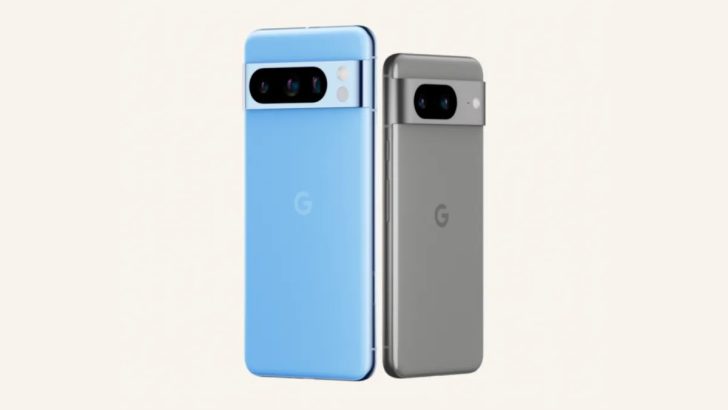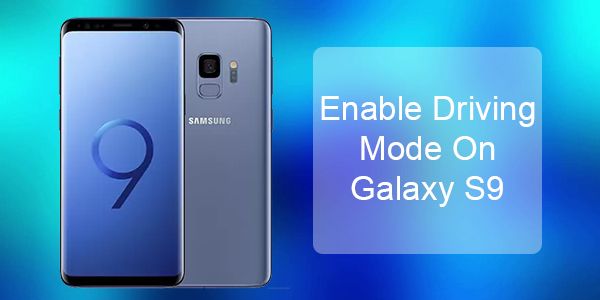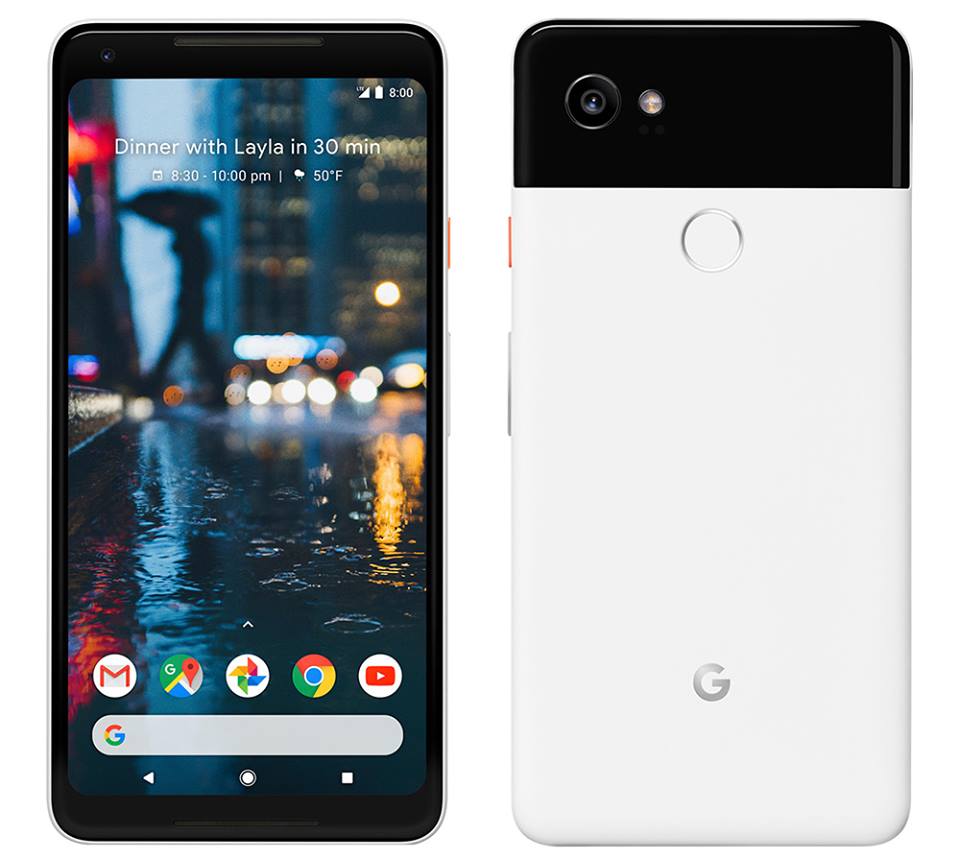The Google Pixel 8 is known for its impressive display, and one way to enhance your viewing experience is by boosting the refresh rate. By default, the Pixel 8 has a 60Hz refresh rate, which means the screen refreshes its contents 60 times per second. However, with a simple tweak, you can increase it to a consistent 120Hz, resulting in smoother animations and reduced latency.
In this article, we’ll guide you through the steps to enable the 120Hz refresh rate on your Google Pixel 8. Whether you’re a mobile gamer or simply want a more fluid display, this feature is worth exploring. So, let’s dive in and unlock the full potential of your Pixel 8.
The Refresh Rate
Before we get started, let’s take a moment to understand what the refresh rate actually means. The refresh rate refers to the number of times the screen updates its content per second. A higher refresh rate translates to smoother motion and reduced motion blur.
By default, the Pixel 8 has a 60 Hz refresh rate, which is already quite good. However, if you’re looking for an even smoother experience, you can increase it to 120Hz. This will make a noticeable difference, especially when playing fast-paced games or watching high-quality videos.
Step-by-Step Guide to Enable 120Hz Refresh Rate
Enabling the 120Hz refresh rate on your Google Pixel 8 is a straightforward process. Just follow these steps:
- Access Developer Options: To begin, you need to access the Developer Options menu on your Pixel 8. Go to the Settings app and scroll down to find the “About phone” section. Tap on it.
- Tap on Build number: In the “About phone” section, scroll down and look for the “Build number” option. Tap on it seven times continuously. You will see a message saying “You are now a developer!” This will enable the Developer Options menu on your device.
- Open Developer Options: Once you’ve enabled the Developer Options, go back to the main Settings menu and scroll down to find the new “Developer options” section. Tap on it to open the menu.
- Find Refresh Rate Settings: Within the Developer Options menu, scroll down until you locate the “Refresh rate” or “Display refresh rate” setting. Tap on it to access the options.
- Select 120Hz: In the Refresh Rate settings, you will typically find options like 60Hz, 90Hz, and 120Hz. Tap on the 120Hz option to enable it.
- Enjoy the Smooth Display: Once you’ve selected the 120Hz refresh rate, you will immediately notice the difference in visual smoothness. The display will refresh at a higher rate, resulting in smoother animations and reduced latency.
- Monitor Battery Usage: It’s worth noting that enabling the 120Hz refresh rate may have a slight impact on battery life. Keep an eye on your battery usage and adjust accordingly if needed.
That’s it! You’ve successfully enabled the 120Hz refresh rate on your Google Pixel 8. Now, let’s explore why this feature is beneficial and who can benefit from it.
Benefits of a Higher Refresh Rate
Increasing the refresh rate on your Pixel 8 offers several advantages, particularly for gamers and those who appreciate a more fluid display. Here are some key benefits:
1. Improved Gaming Experience
If you’re an avid mobile gamer, you’ll appreciate the benefits of a higher refresh rate. By enabling the 120Hz refresh rate, you can enjoy smoother gameplay with reduced motion blur and improved responsiveness.
A display with a higher refresh rate reduces the time it takes for the screen to refresh its contents. For example, a machine with a 60Hz refresh rate takes about 16.6 milliseconds to perform a full refresh. However, with a 120Hz refresh rate, the display only takes about 8.3 milliseconds to achieve the same refresh. This results in a quicker response time, giving gamers a competitive edge.
2. Enhanced Visual Experience
Even if you’re not a gamer, you can still benefit from a higher refresh rate. The smooth display provided by a 120Hz refresh rate improves the overall visual experience when browsing, watching videos, or scrolling through social media feeds.
Animations appear more fluid, and scrolling becomes buttery smooth. Whether you’re watching your favorite Netflix series or simply browsing through your photo gallery, the increased refresh rate adds an extra level of visual satisfaction.
3. Reduced Motion Blur
Motion blur can be a common issue, especially when watching fast-moving content or scrolling rapidly. A higher refresh rate helps to minimize motion blur, resulting in sharper images and text.
By enabling the 120Hz refresh rate, you’ll notice a significant reduction in motion blur, making everything on your Pixel 8 appear crisper and more defined. This can enhance your reading experience, particularly when scrolling through articles or e-books.
4. Smooth Animations
Animations play a crucial role in the overall user experience of your Pixel 8. From app transitions to visual effects, a higher refresh rate ensures that animations appear seamless and visually appealing.
With the 120Hz refresh rate enabled, you’ll notice how animations become smoother and more lifelike. Whether it’s opening and closing apps or navigating through menus, the enhanced refresh rate brings a level of polish to the overall user interface.
Conclusion
Congratulations! You’ve learned how to enable the 120Hz refresh rate on your Google Pixel 8, unlocking a smoother and more enjoyable experience. Whether you’re a mobile gamer looking for a competitive edge or simply seeking a visually pleasing display, this feature is worth exploring.
By following the step-by-step guide provided, you can easily switch from the default 60Hz refresh rate to a consistent 120Hz. Remember to monitor your battery usage and adjust accordingly if needed.
With the higher refresh rate, you can enjoy improved gaming performance, enhanced visual experiences, reduced motion blur, and smoother animations. Embrace the full potential of your Pixel 8 and elevate your smartphone experience to new heights.








